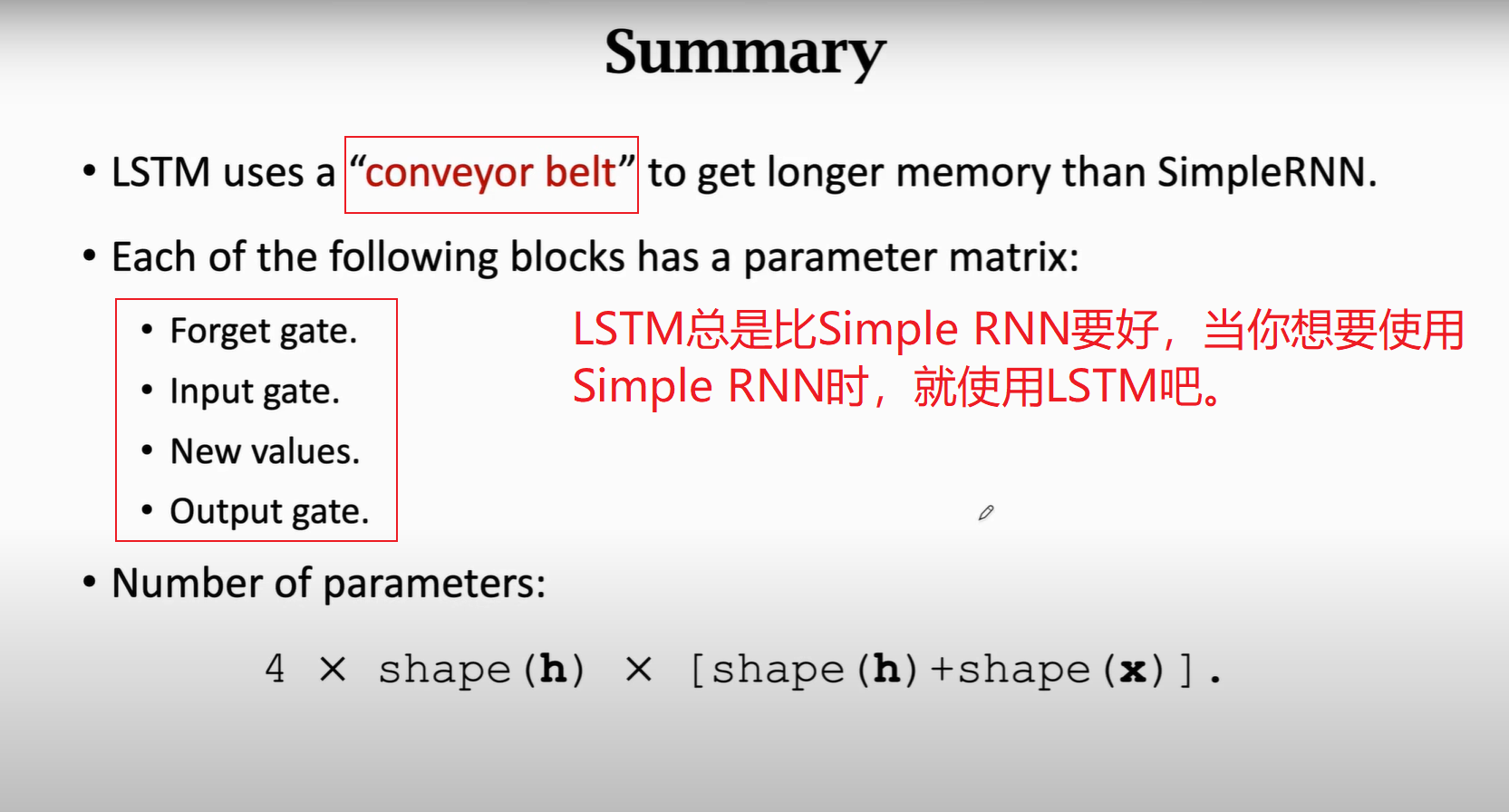0.Long Short Term Memory (LSTM)
LSTM希望神经网络能够「记住」或者「忘记」一些信息,从而有更好的表现。
当需要的信息和预测之间的时间间隔比较小的时候,RNN可以比较好的效果,如下图:
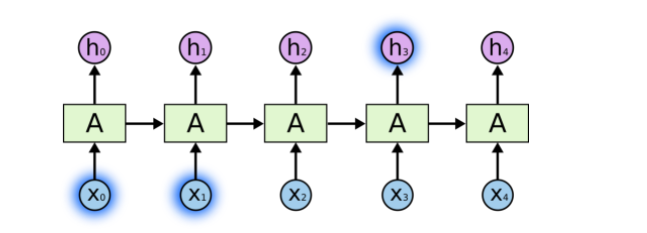
当需要的信息和预测之间的时间间隔比较大的时候,RNN的效果特别差, 如下图:
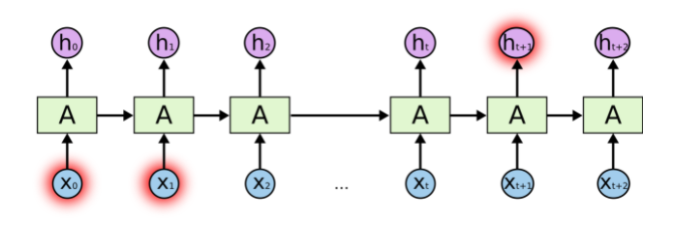
与此同时,当时间序列长度很长时,在梯度反向传播时,过多层数的梯度积累,会使得梯度爆炸和梯度消失的情况出现。
LSTM就是基于上述原因提出的,对于某个时间点之前的信息进行选择性记忆,然后再进行预测,所以LSTM相较于RNN添加了很多类似于人的遗忘门和决定门等。
1.LSTM Networks
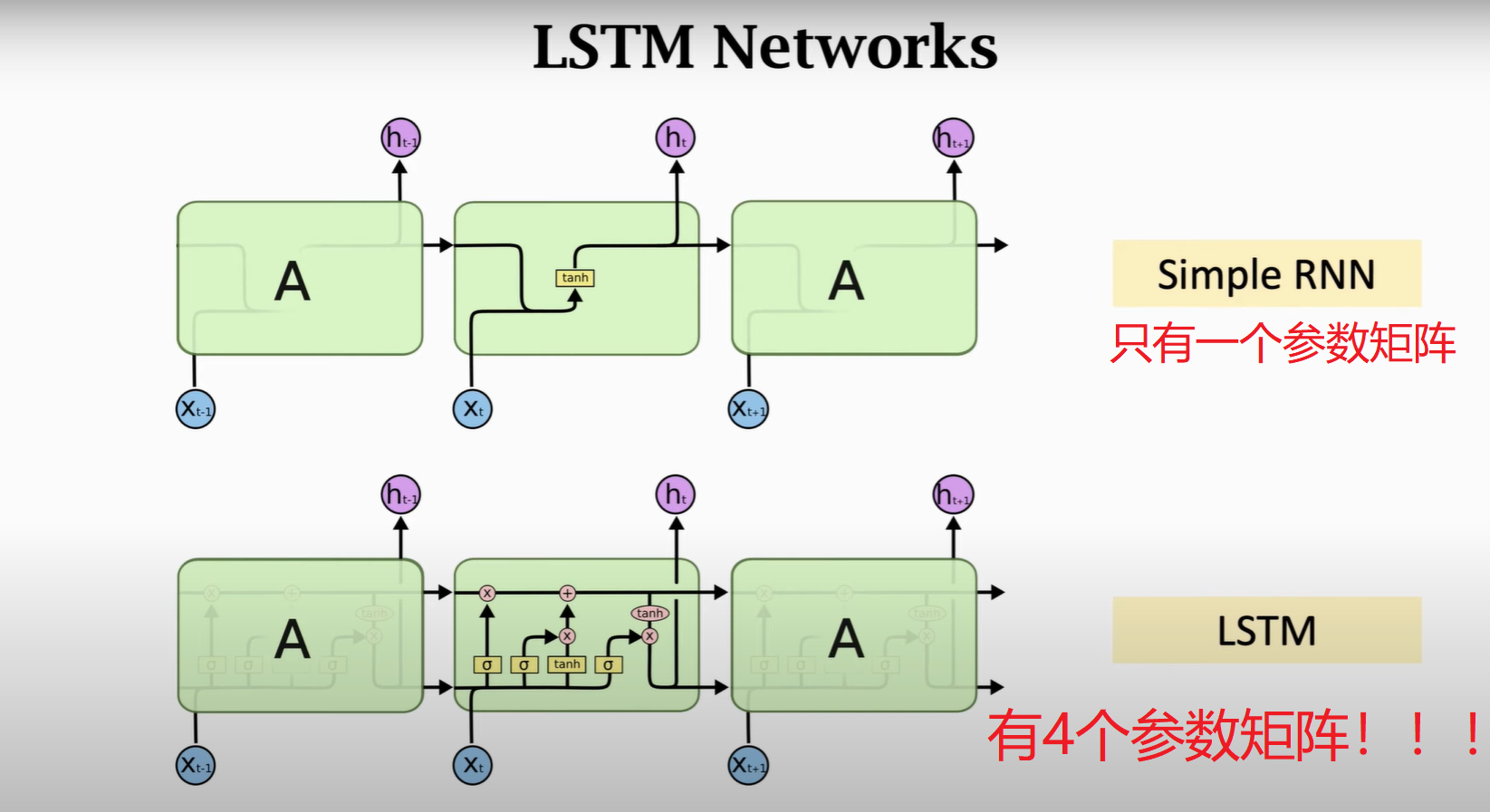
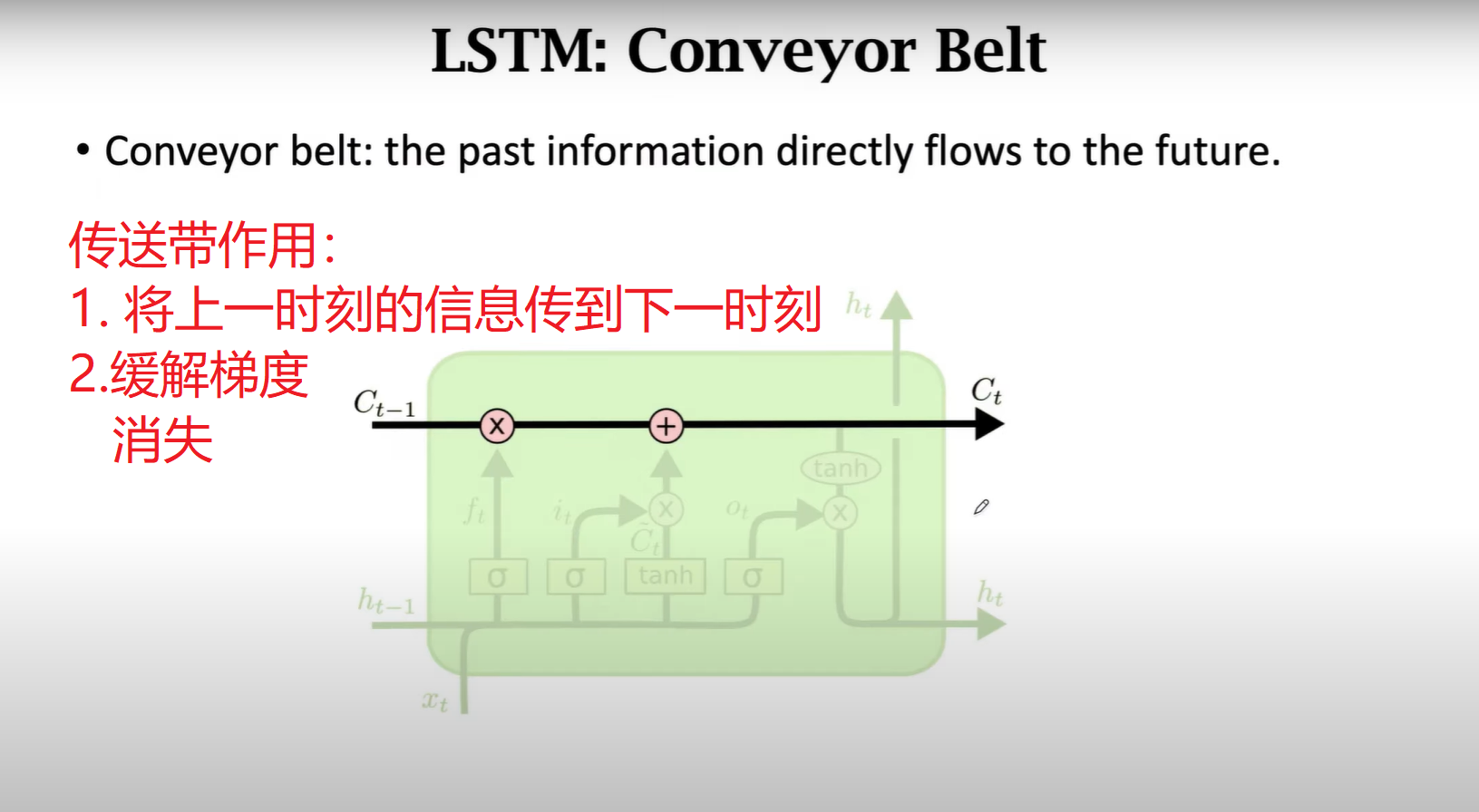
1.1 Forget Gate
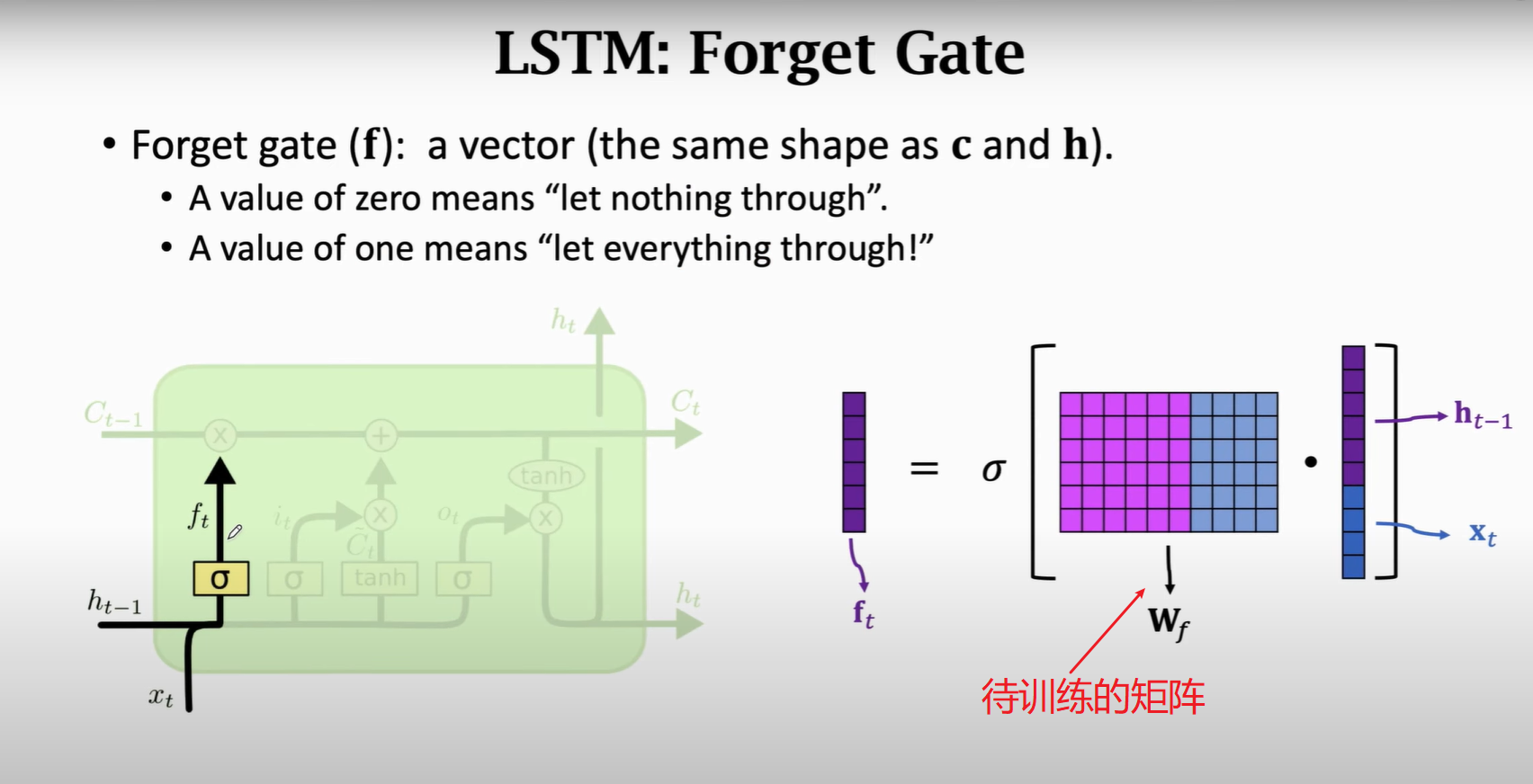

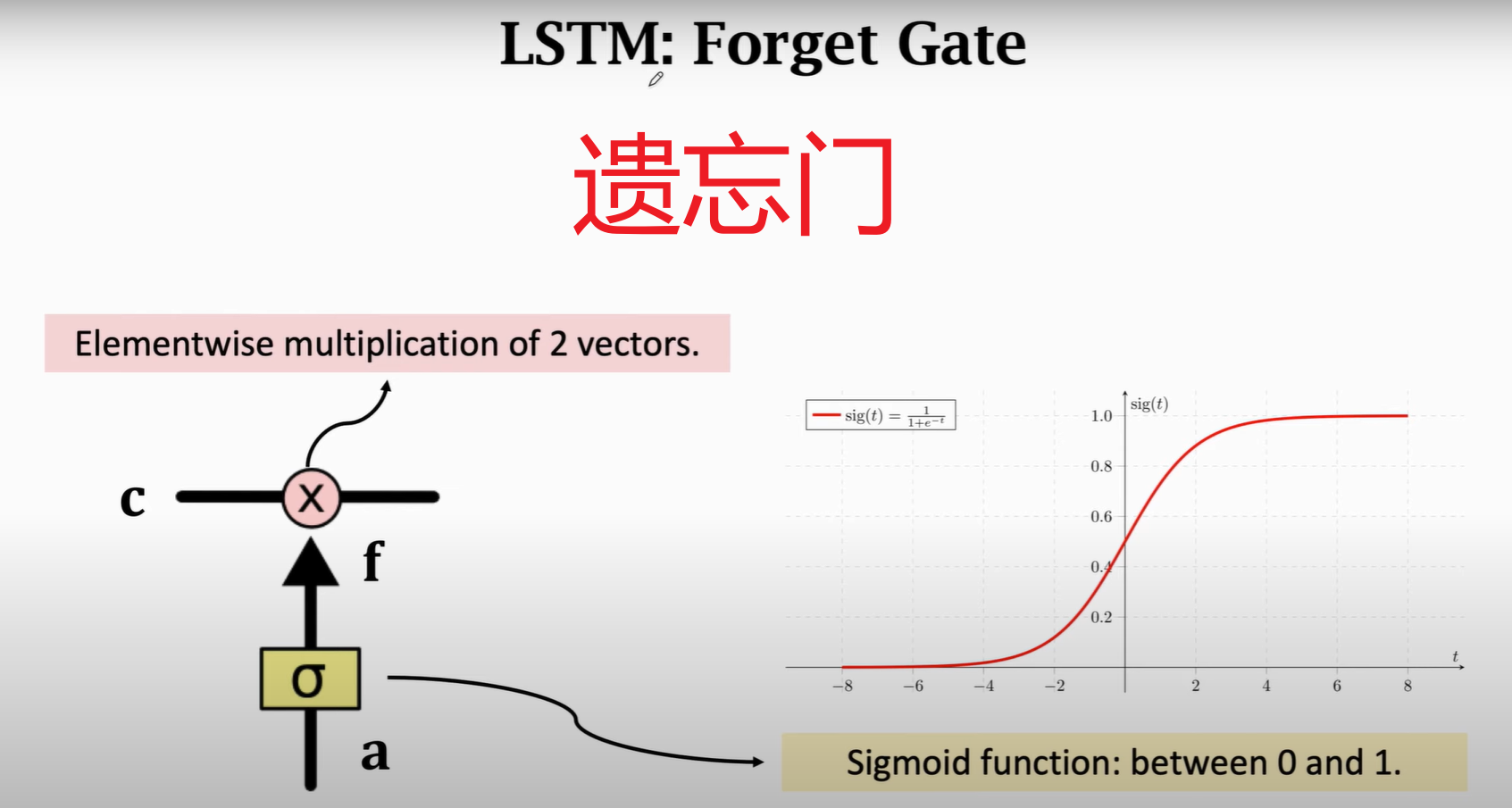
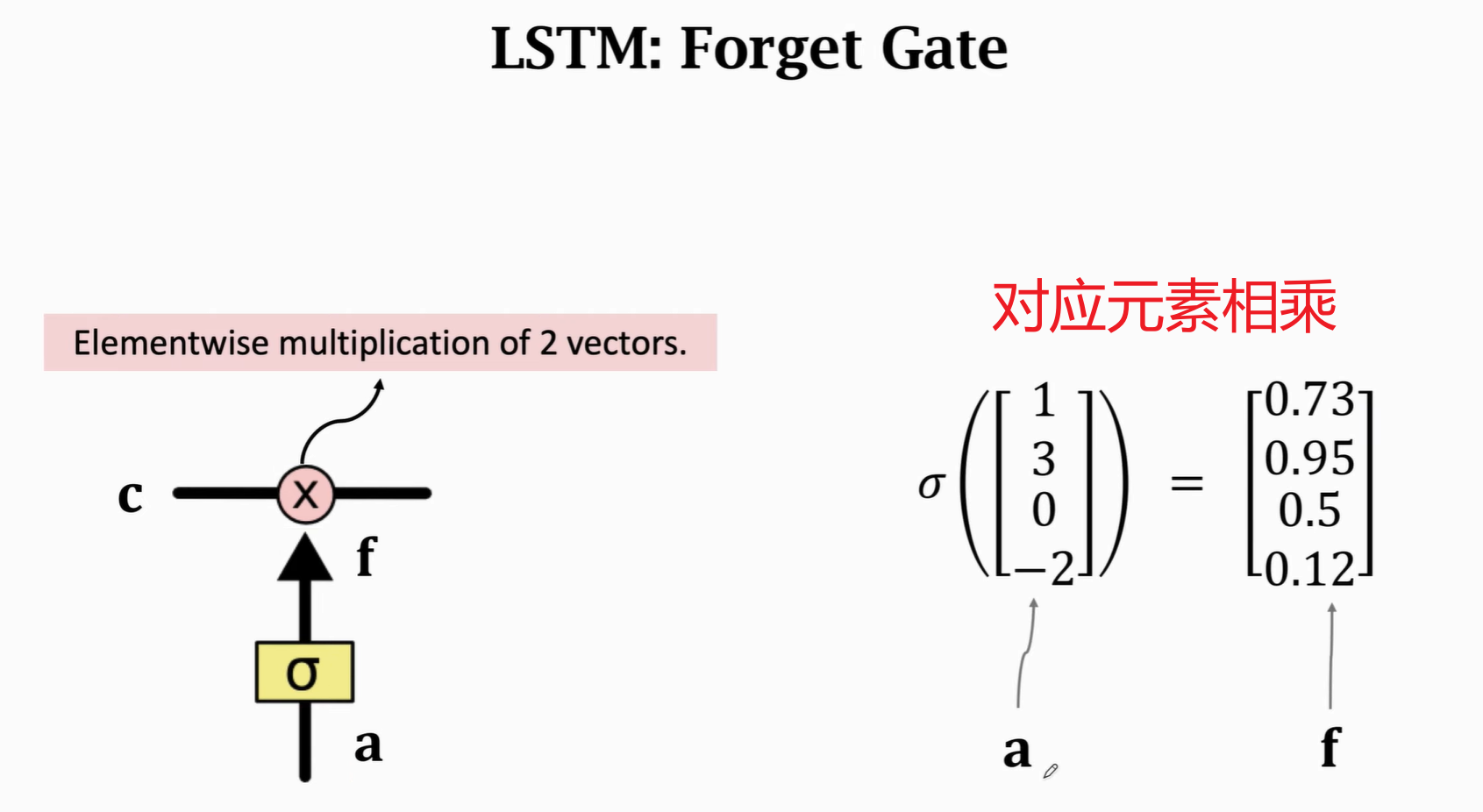
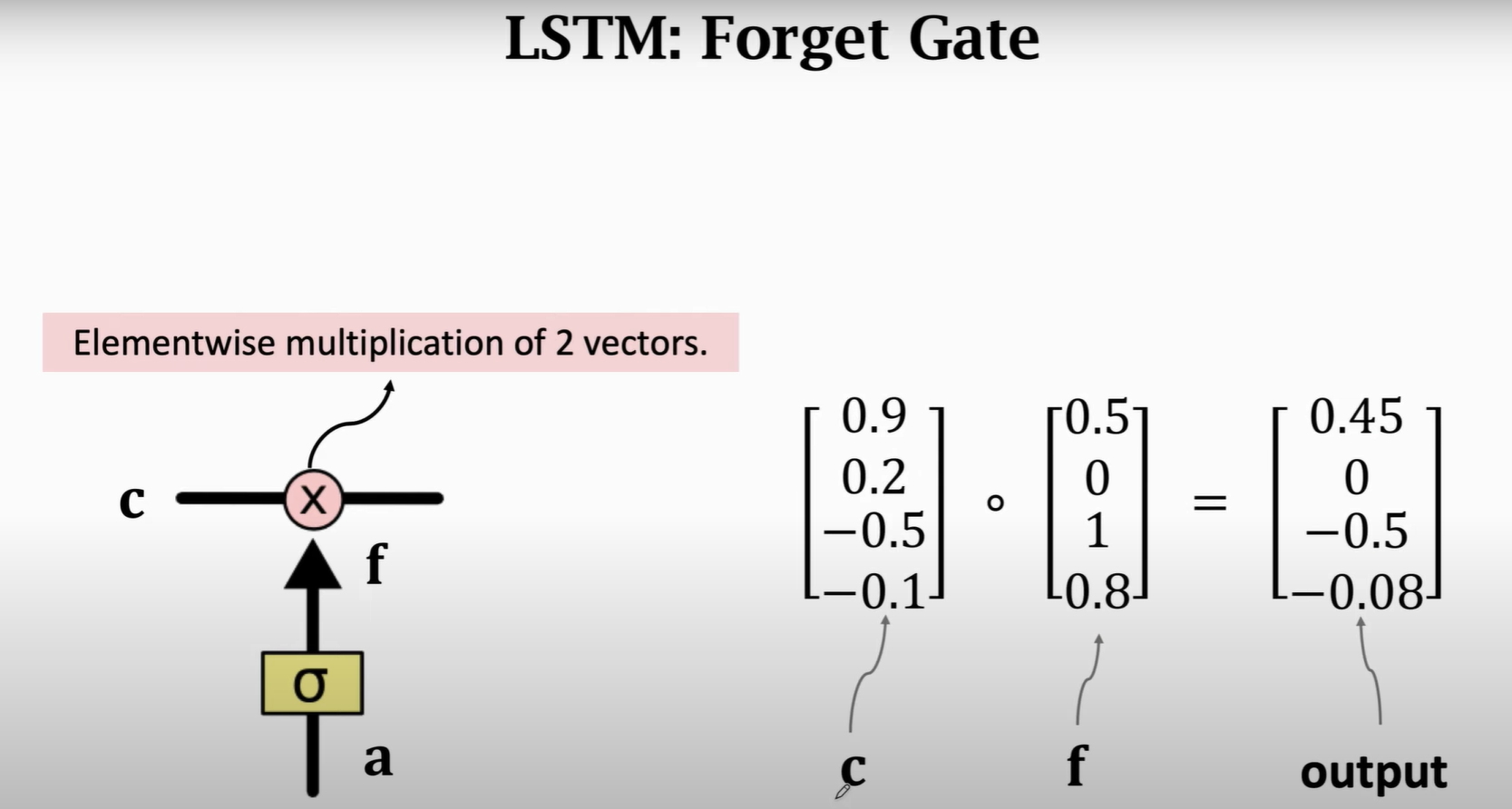
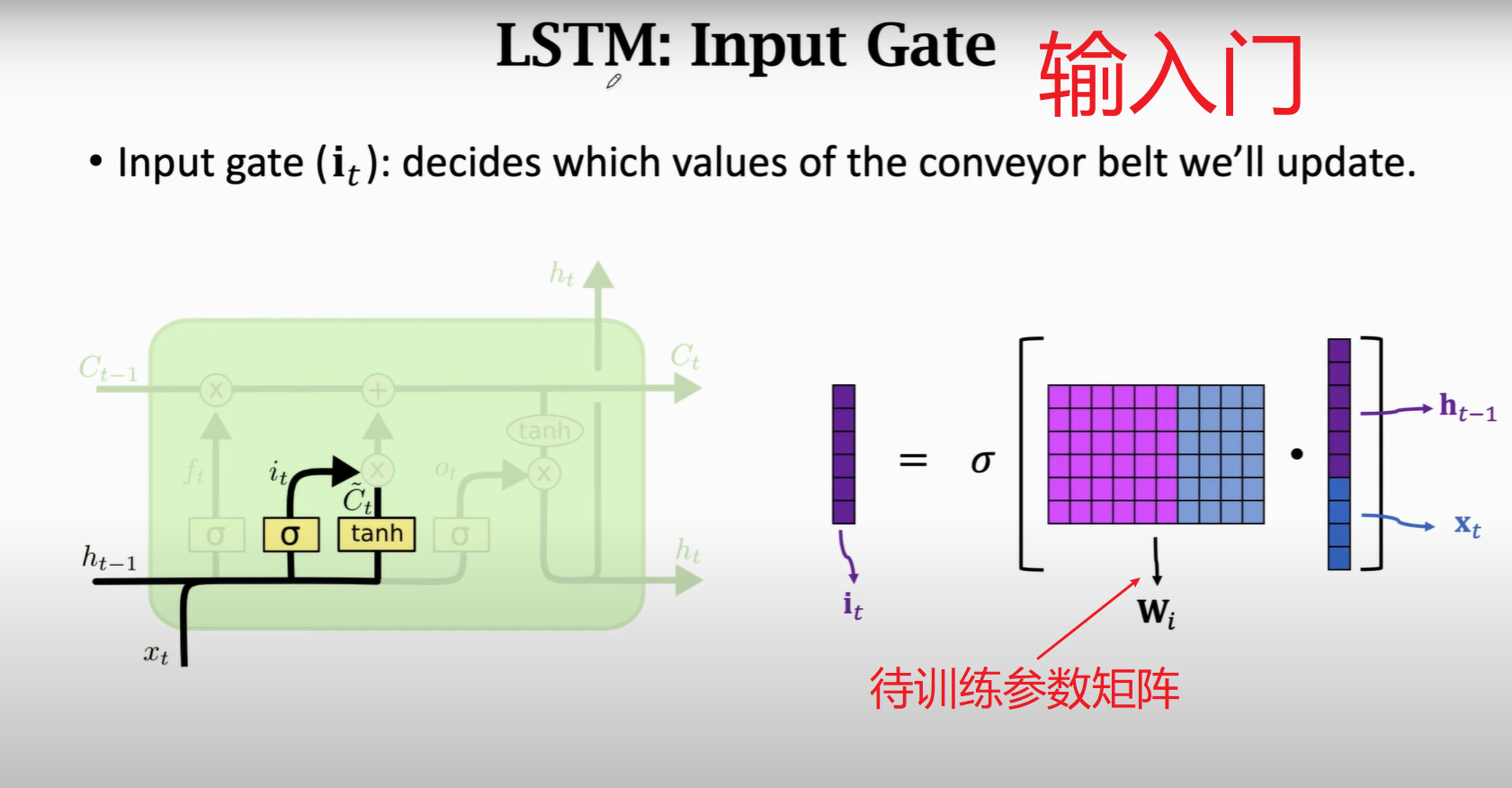
1.3 New Value
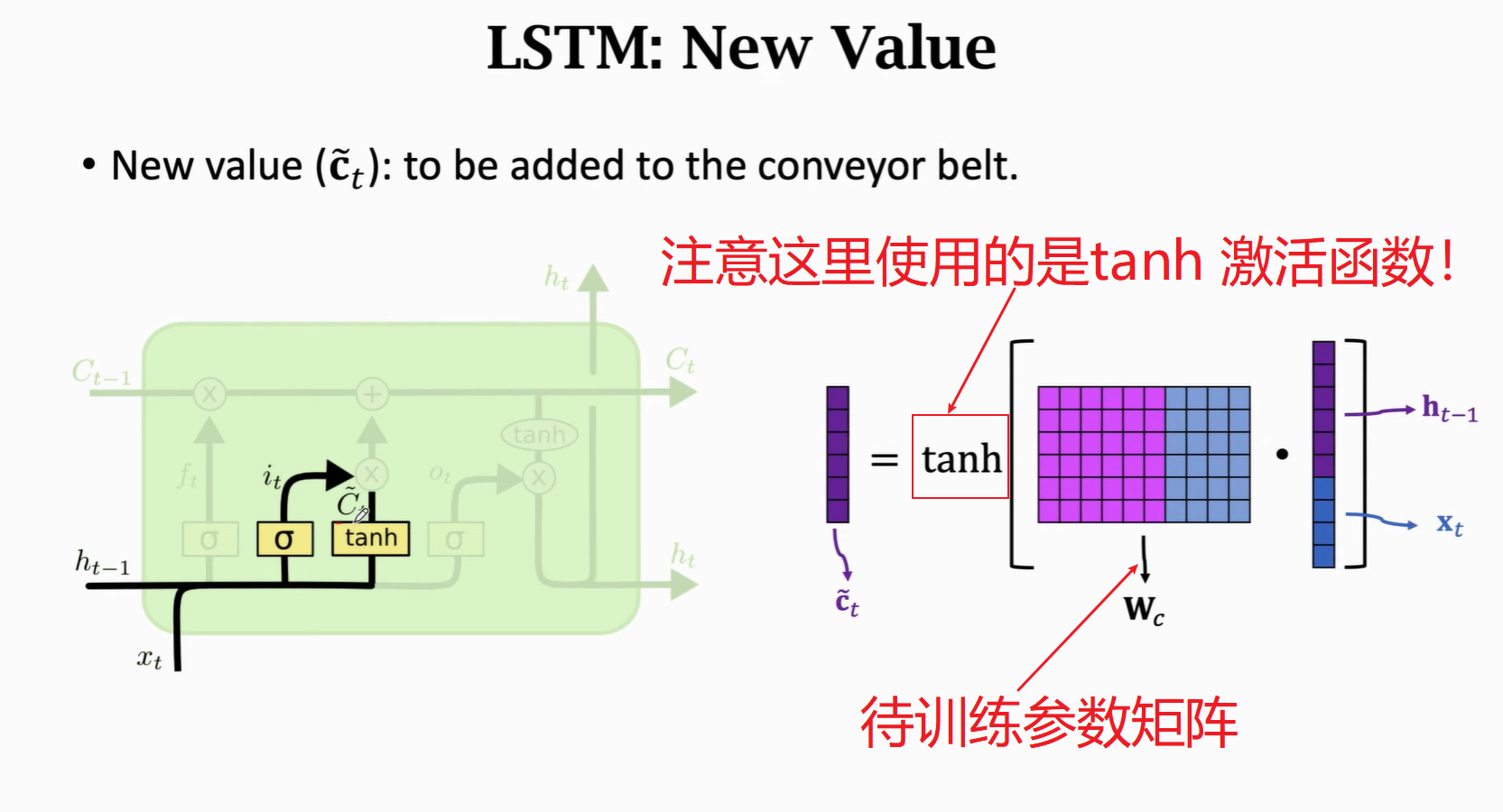
1.4 Output Gate
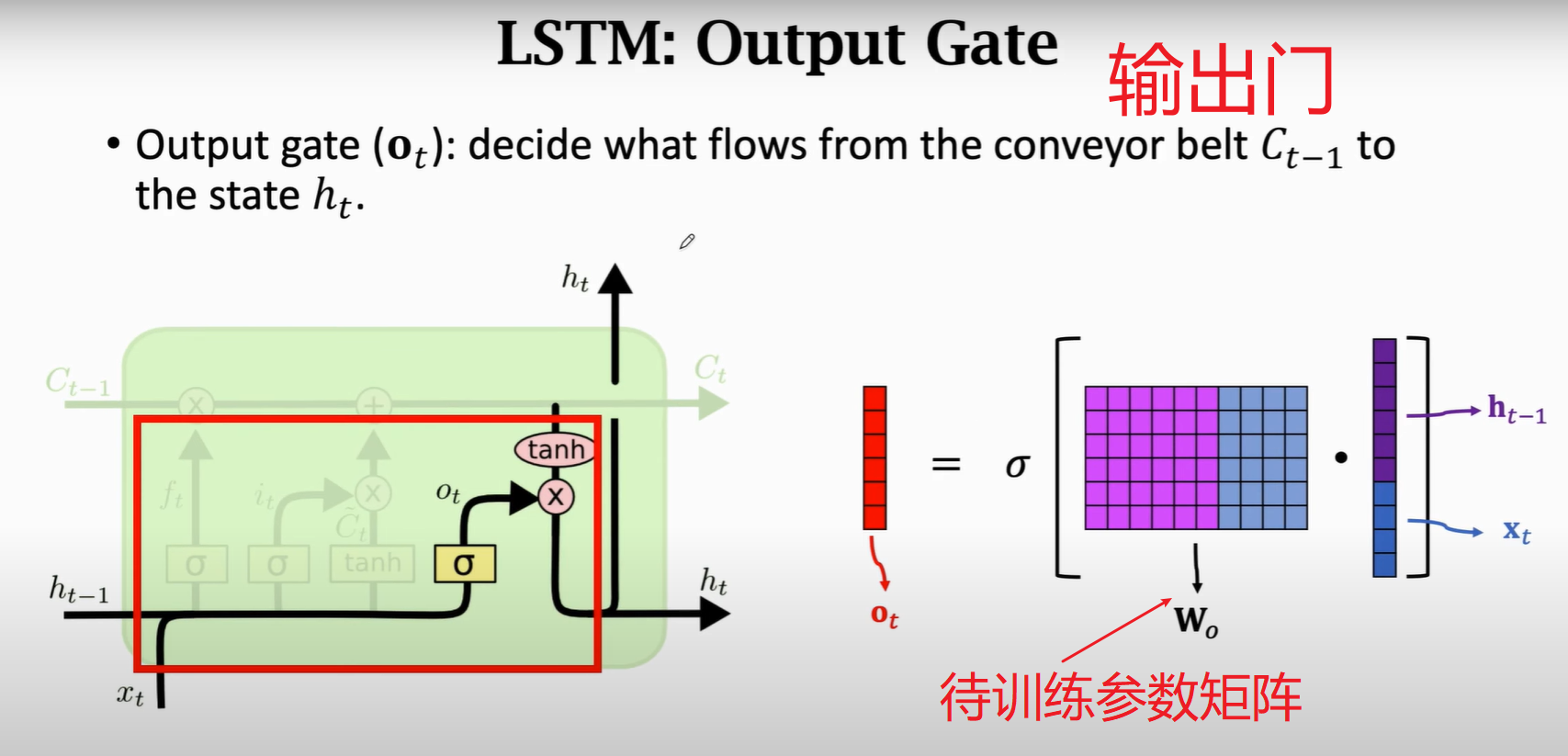
2.Update the Conveyor Belt
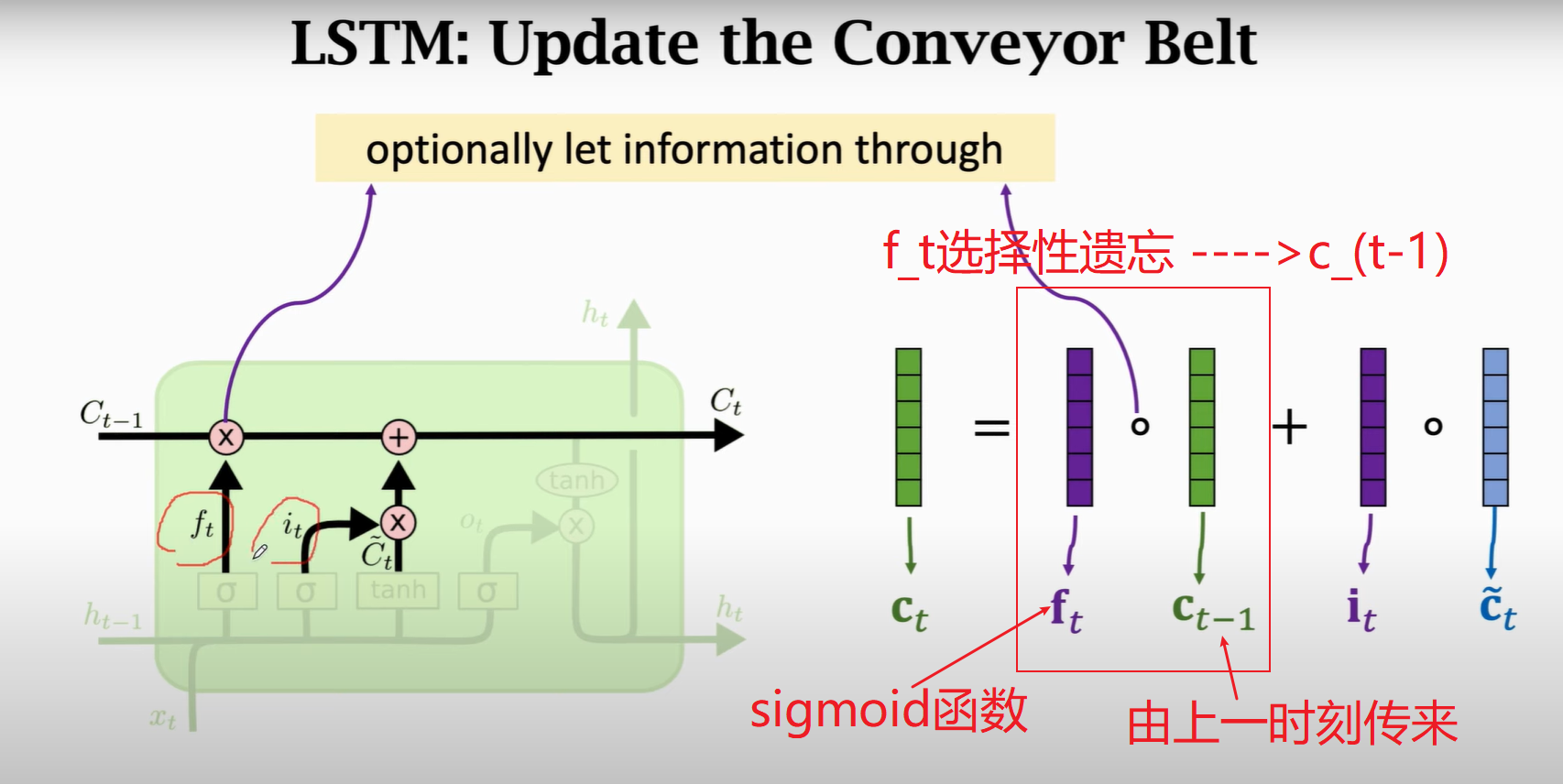
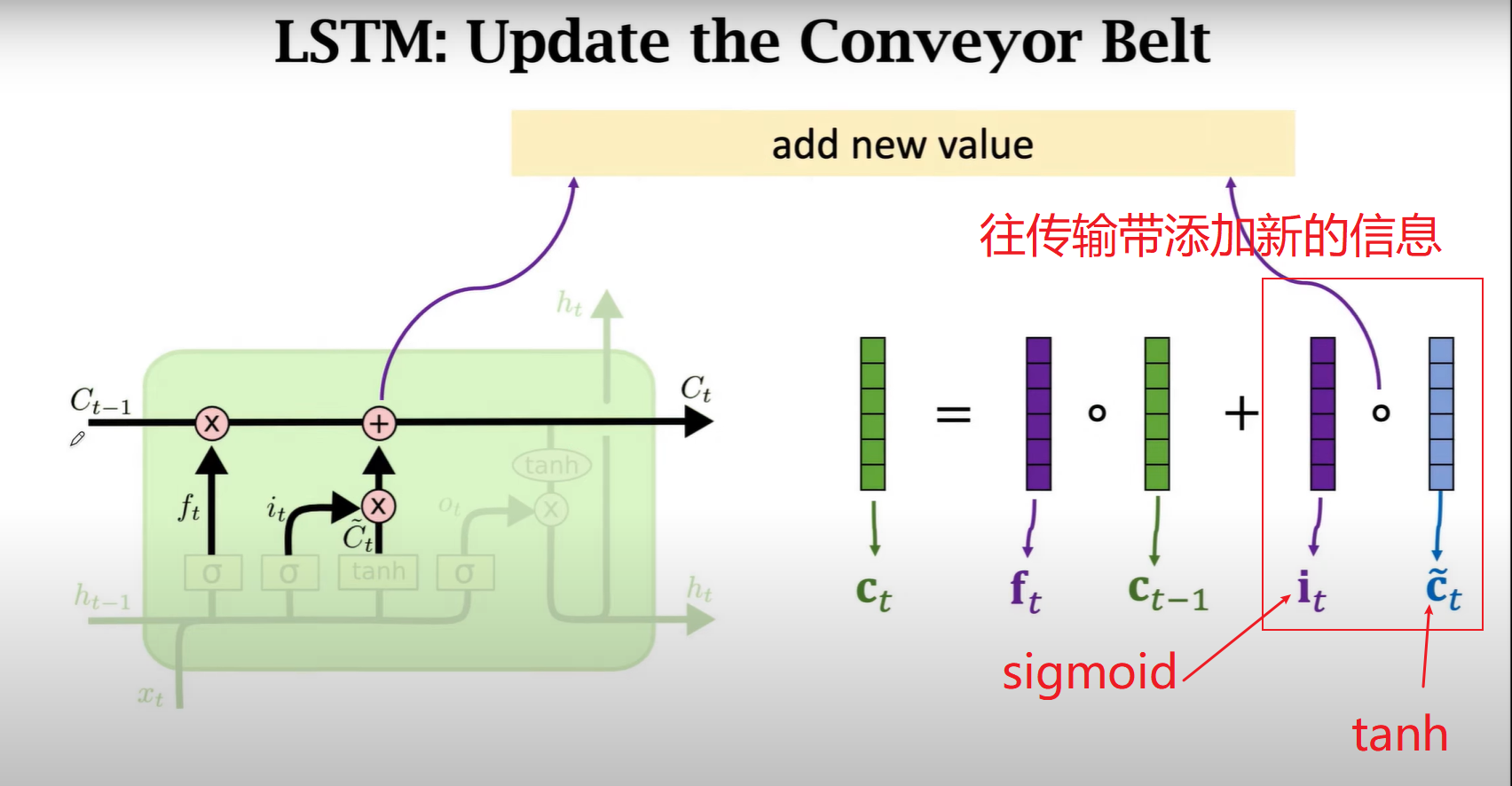
3.Update State
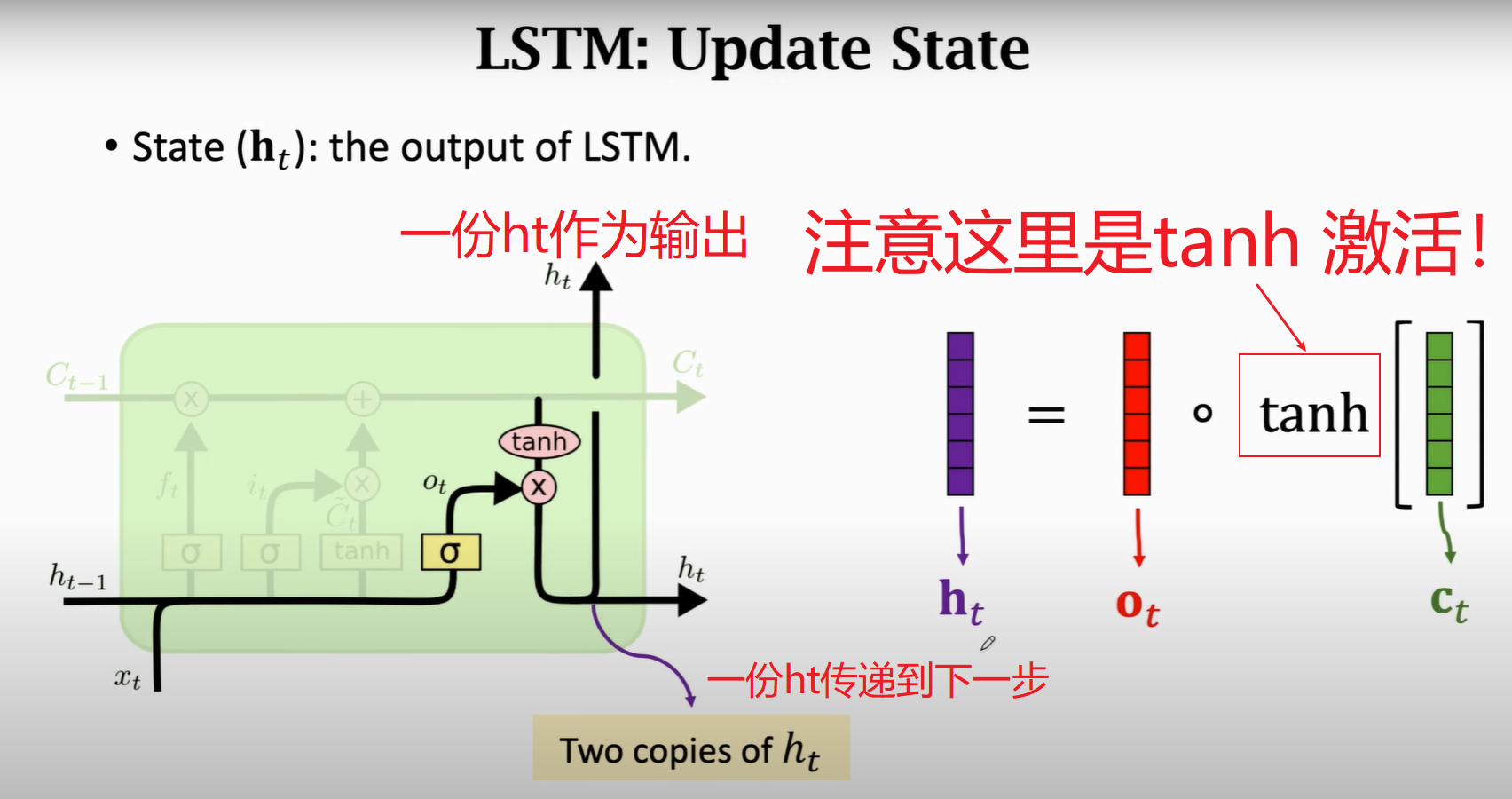
4.Four Matrix
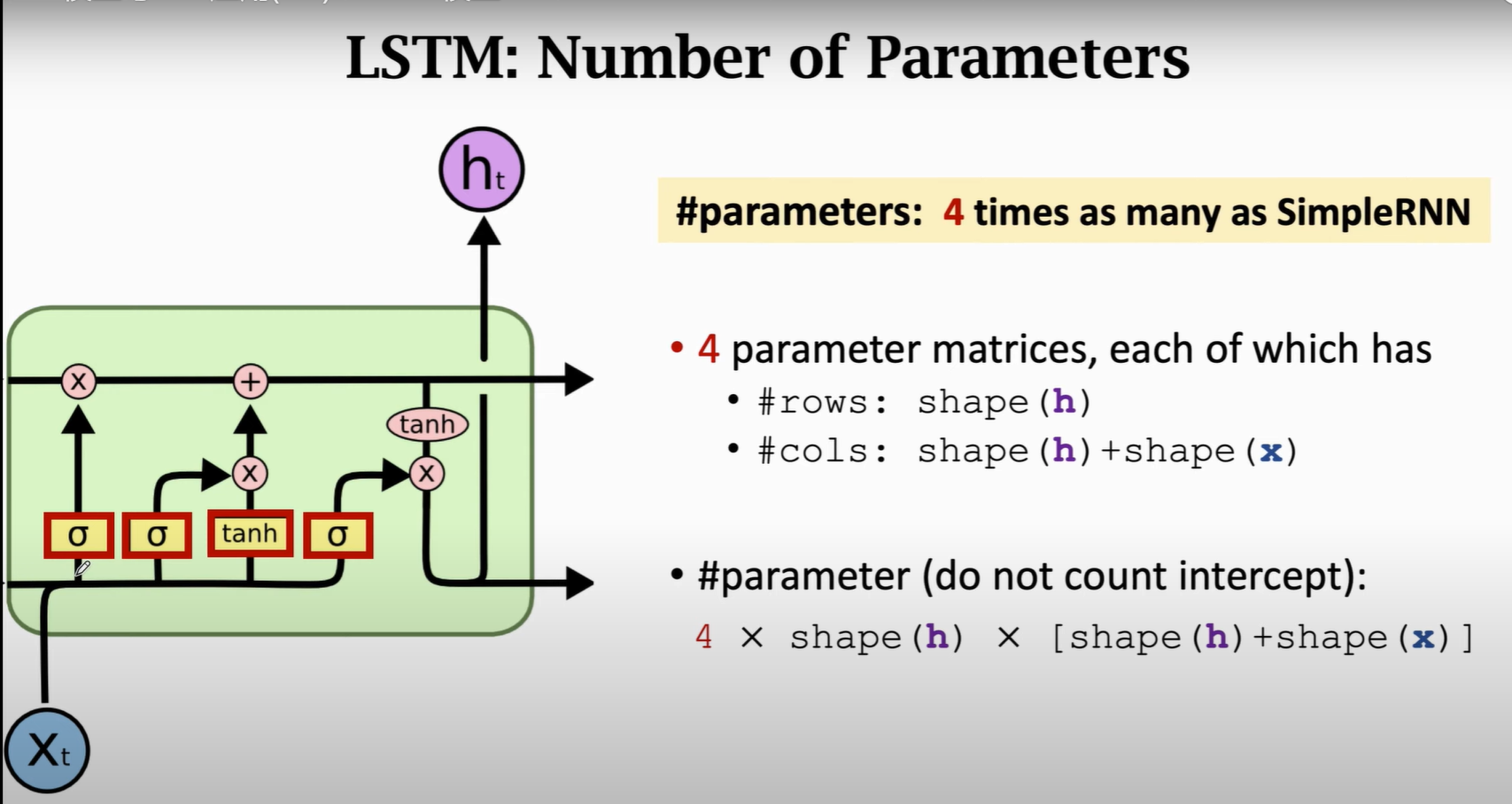
5.Code
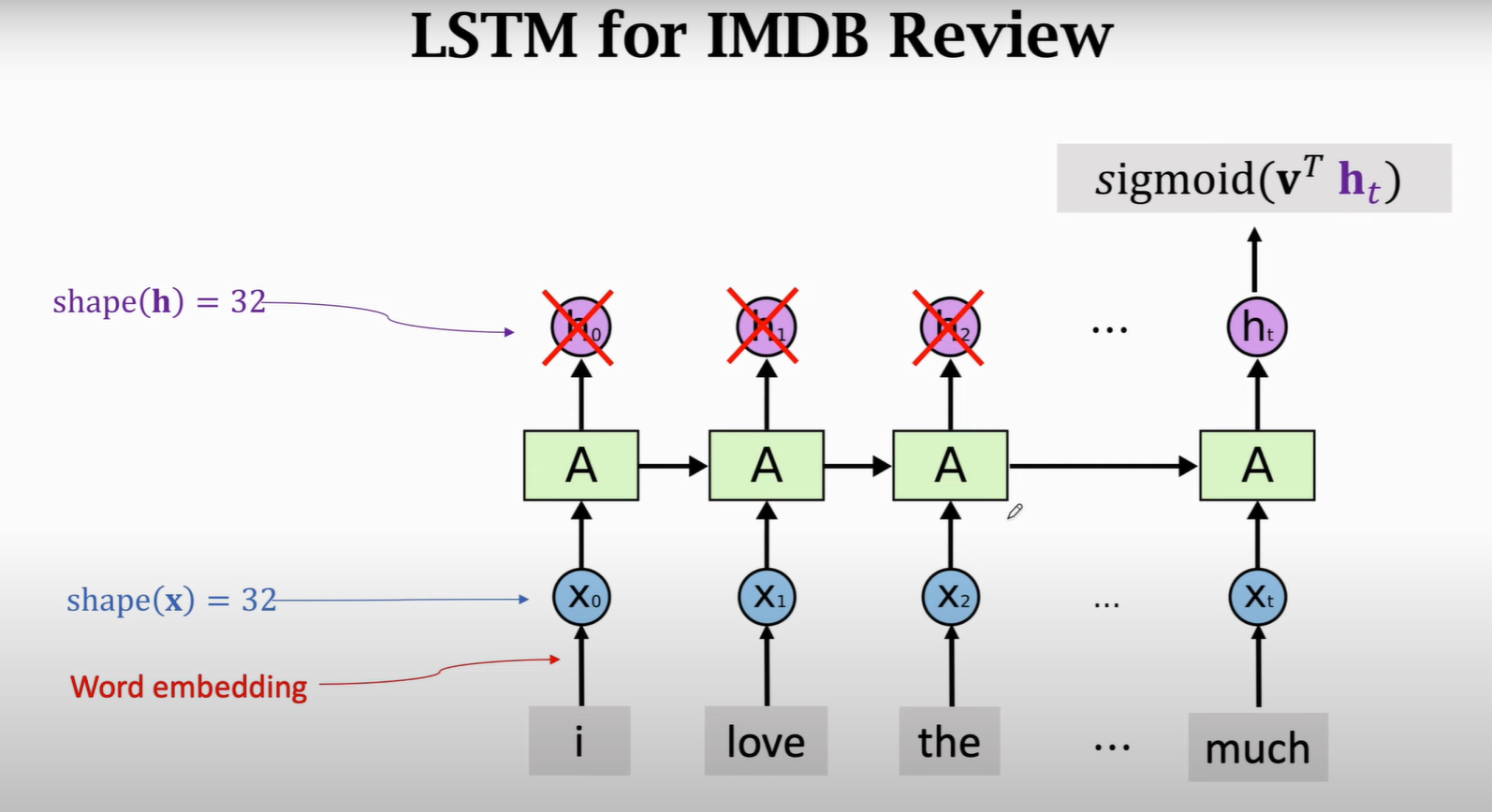
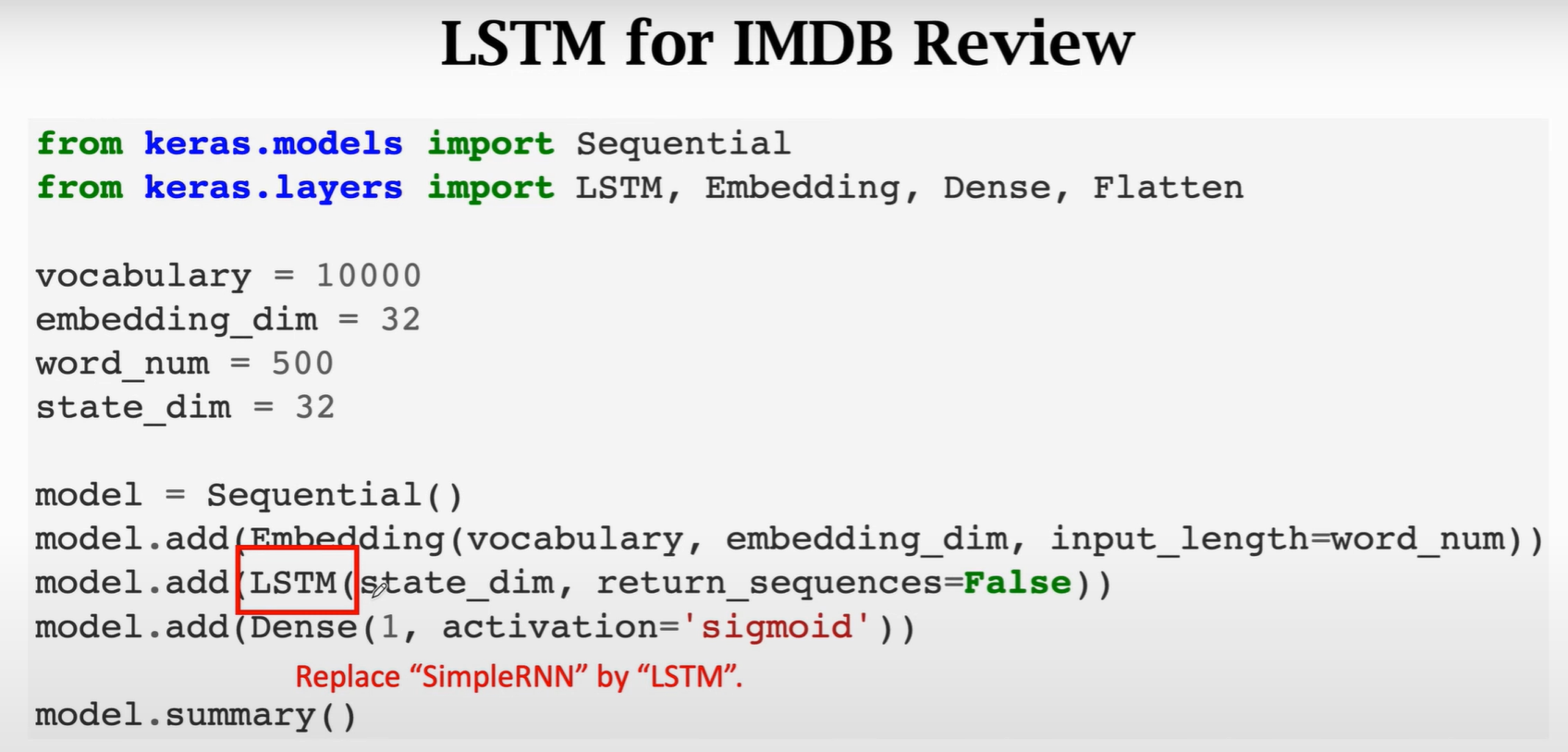
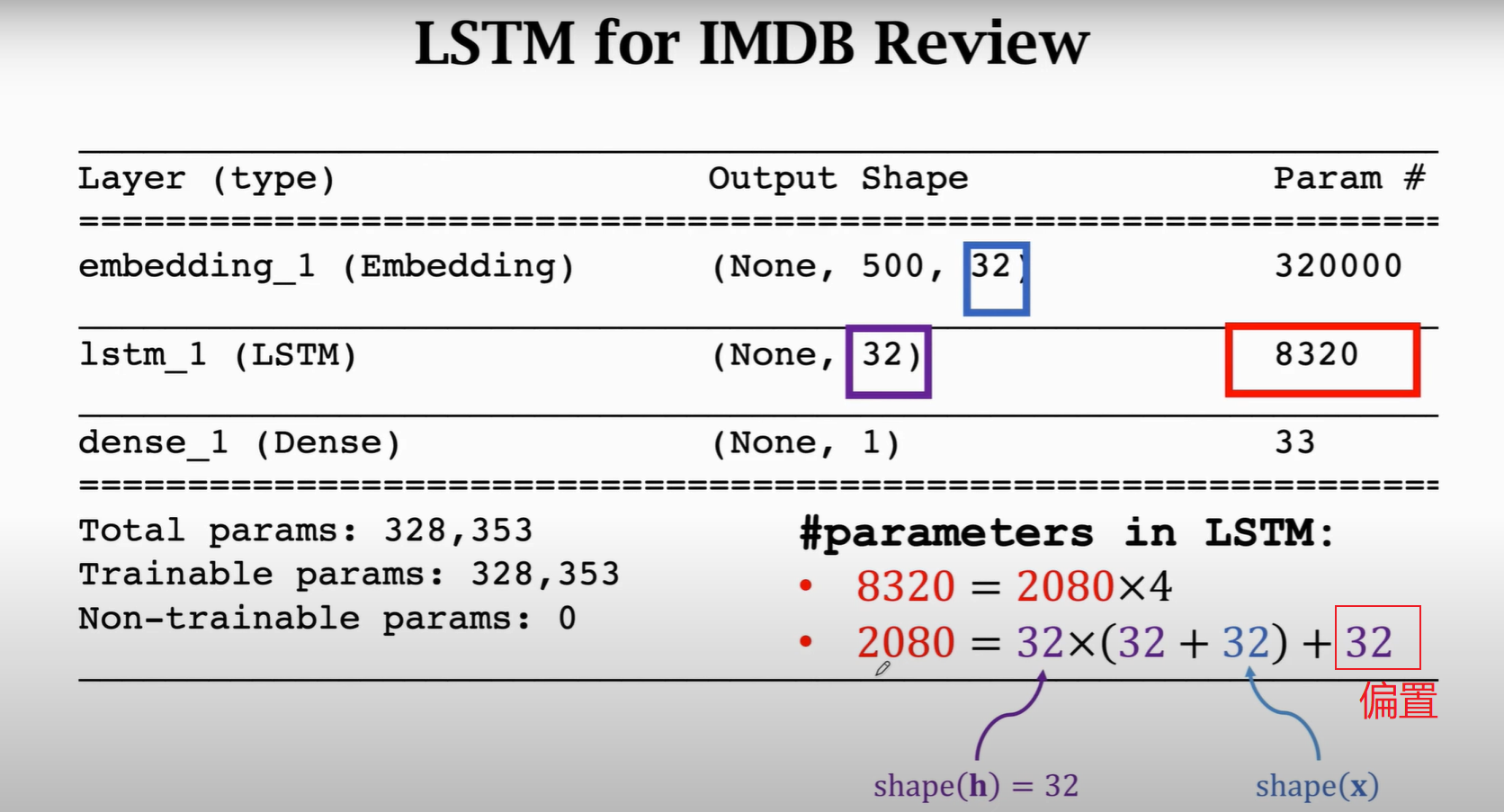
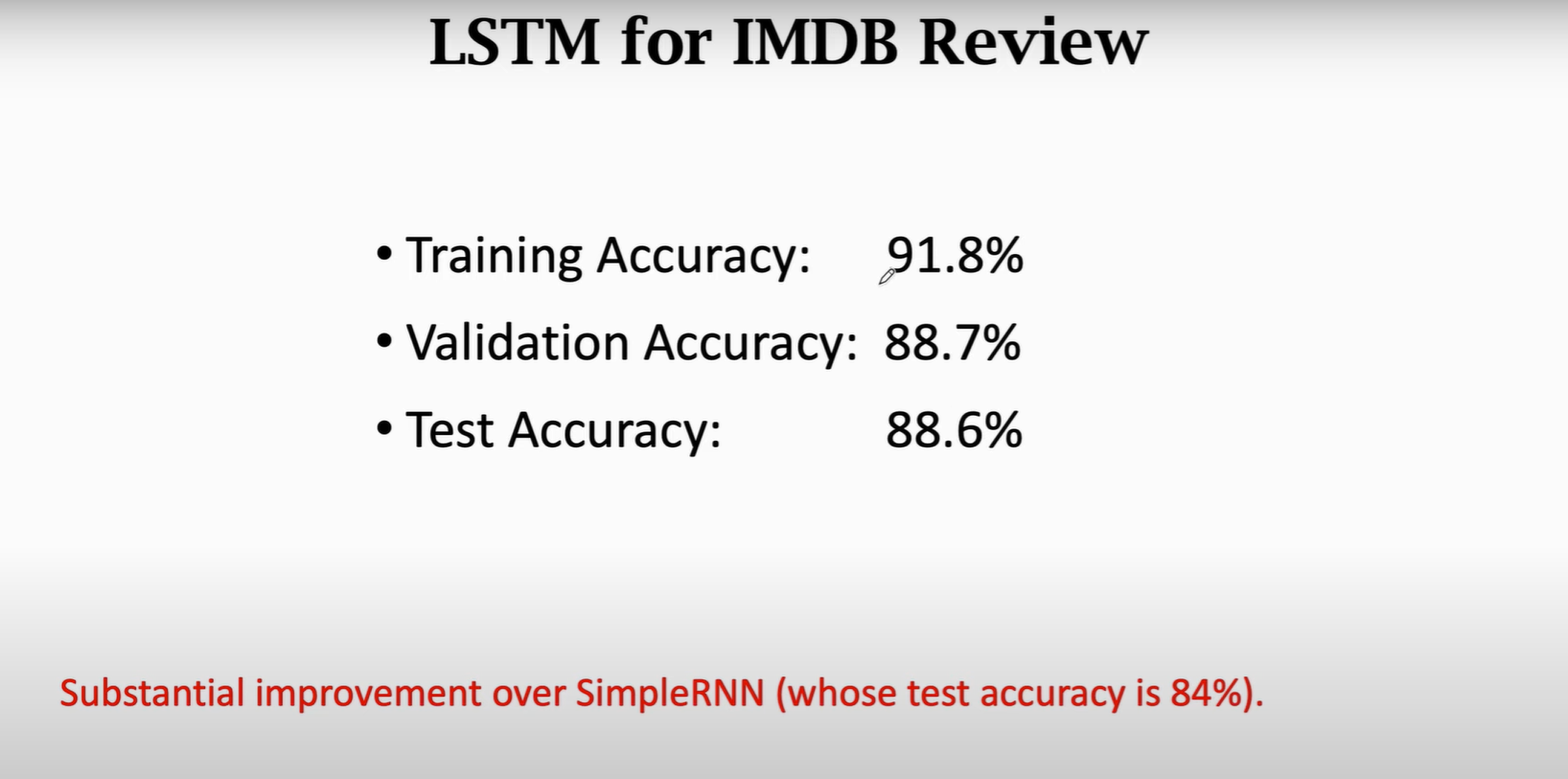
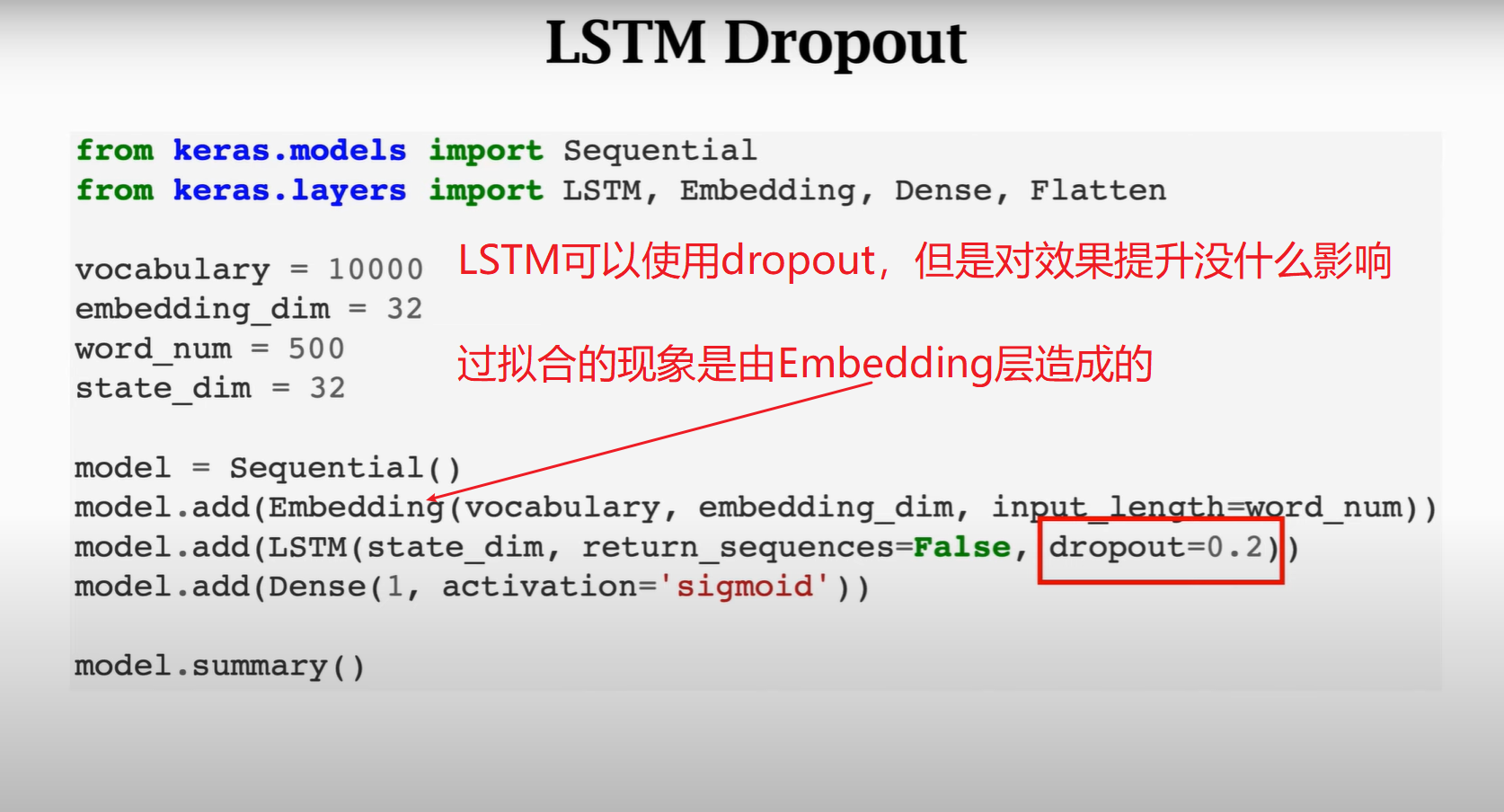
1
2
3
4
5
6
7
8
9
10
11
12
13
14
15
16
17
18
19
20
21
22
23
24
25
26
27
28
29
30
31
32
33
34
35
36
37
38
39
40
41
42
43
44
45
46
47
48
49
50
51
52
53
54
55
56
57
58
59
60
61
62
63
64
65
66
67
68
69
70
71
| import numpy as np
from matplotlib import pyplot as plt
import tensorflow as tf
from tensorflow.keras.preprocessing import sequence
np.set_printoptions(threshold=np.inf)
epochs = 3
batchsz = 32
vocabulary = 10000
embedding_dim = 32
word_num = 500
state_dim = 32
imdb = tf.keras.datasets.imdb
(x_train, y_train), (x_test, y_test) = imdb.load_data(num_words=vocabulary)
x_train = sequence.pad_sequences(x_train, maxlen=word_num)
x_test = sequence.pad_sequences(x_test, maxlen=word_num)
model = tf.keras.models.Sequential()
model.add(tf.keras.layers.Embedding(vocabulary, embedding_dim, input_length=word_num))
model.add(tf.keras.layers.LSTM(state_dim, return_sequences=False, dropout=0.2))
model.add(tf.keras.layers.Dense(1, activation="sigmoid"))
model.summary()
model.compile(
optimizer=tf.optimizers.RMSprop(learning_rate=0.001),
loss='binary_crossentropy',
metrics=['acc'],
)
history = model.fit(
x_train, y_train, batch_size=batchsz, epochs=epochs, validation_split=0.2
)
acc = history.history['acc']
val_acc = history.history['val_acc']
loss = history.history['loss']
val_loss = history.history['val_loss']
plt.subplot(1, 2, 1)
plt.plot(acc, label='Training Accuracy')
plt.plot(val_acc, label='Validation Accuracy')
plt.ylabel('Accuracy')
plt.xlabel('Epoch')
plt.title('Training and Validation Accuracy')
plt.legend()
plt.subplot(1, 2, 2)
plt.plot(loss, label='Training Loss')
plt.plot(val_loss, label='Validation Loss')
plt.title('Training and Validation Loss')
plt.ylabel('Loss')
plt.xlabel('Epoch')
plt.legend()
plt.show()
loss_and_acc = model.evaluate(x_test, y_test)
print('on test dataset, loss = ' + str(loss_and_acc[0]))
print('on test dataset, acc = ' + str(loss_and_acc[1]))
|
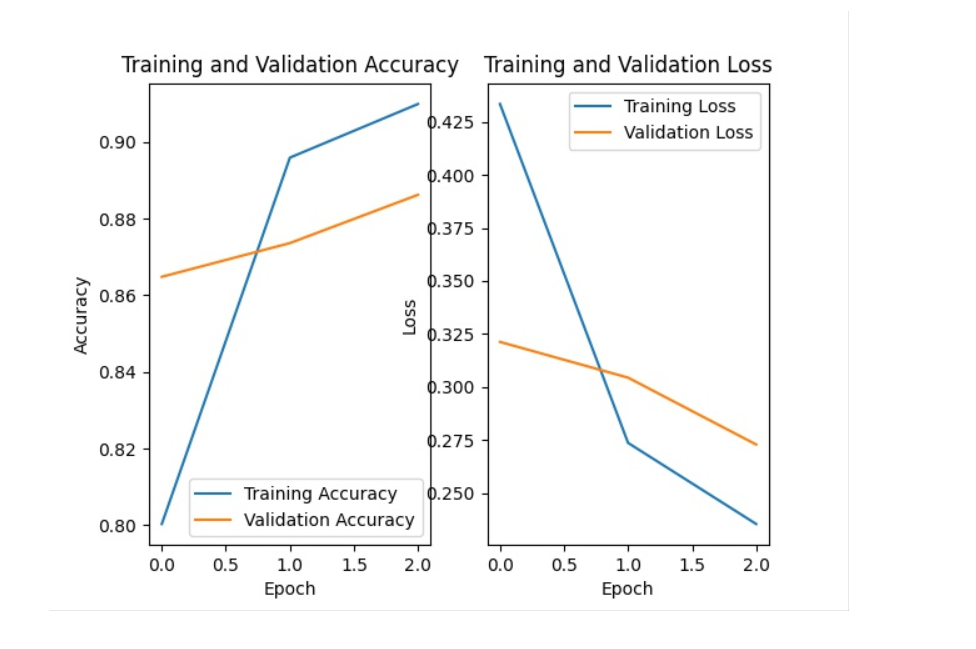
6.Summary
